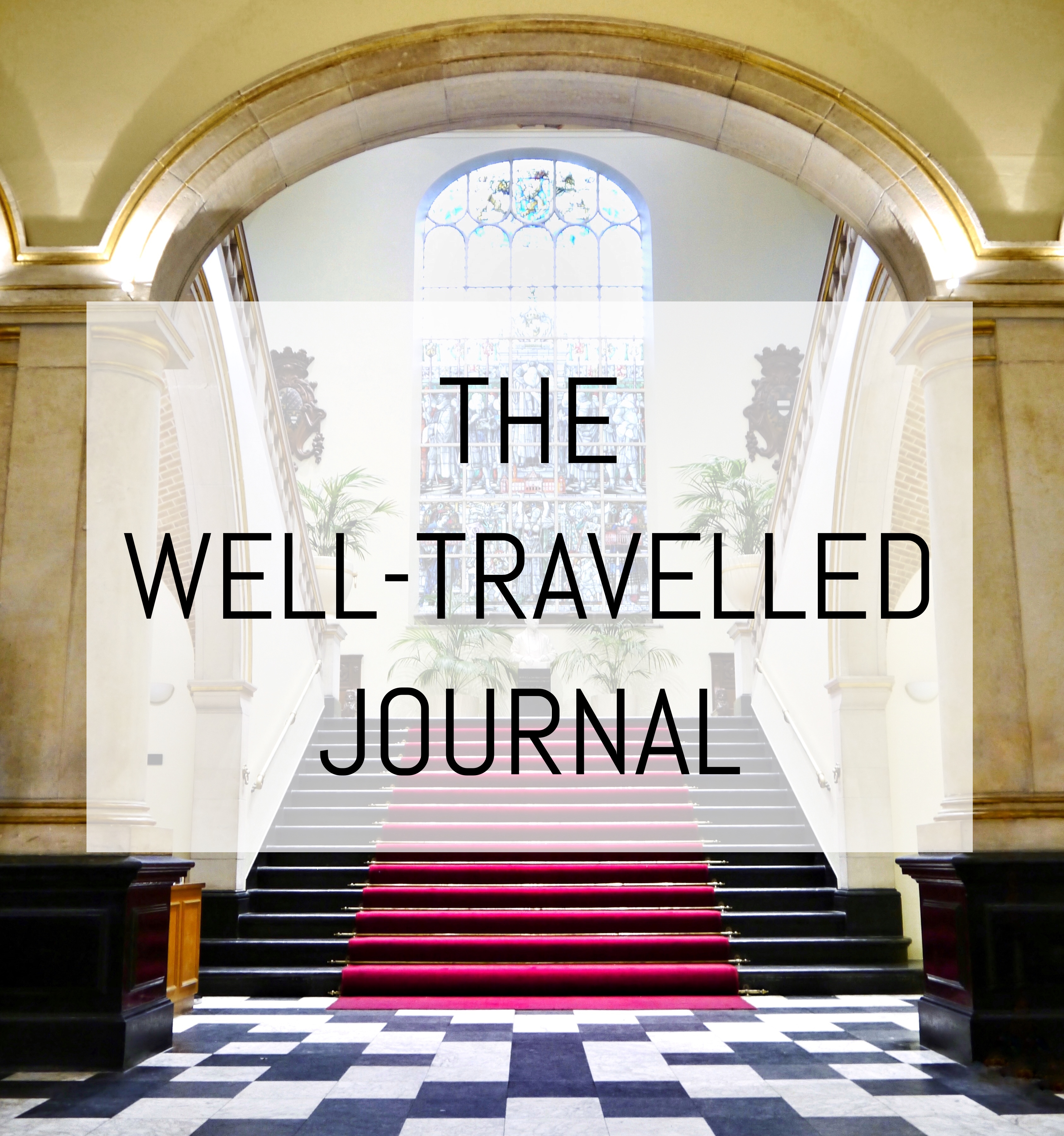Learning about the Spanish Civil War on a Walking Tour of Madrid
As part of a Modern Languages degree, you study not only the language itself, but also it’s contextual setting, with modules on the history and the literature of that country. So during my four years of studying Spanish at Exeter, I learnt about the atrocities of the Spanish Civil War from 1936-9 and the fascist dictatorship under Franco that plagued the country for the next 36 years until 1975.
So when I heard about a historical walking tour through Madrid run by a native madrileña whose grandparents had first-hand experience of the Civil War, I jumped at the chance. Almudena Cros Gutierrez is a historian with a PhD in Art History to boot (her guided tour of the Prado Art Museum is apparently unmissable) and as well as lecturing at an American university in Madrid, she spends her spare time researching and hunting down artefacts from the Civil War to better understand it. The 36 years of dictatorship, censorship and propaganda that followed the Civil War made it harder to uncover the true story behind the war and the to-and-fro debate around the Historical Memory Law further hindered research for several years. The crux of the Historical Memory Law debate lies in whether Spain should forgive, forget and move on for the sake of keeping the peace, or whether it should properly commemorate all those who died and acknowledge all the crimes and injustices committed during that 39 year period. At each end of the political spectrum there are supporters for either option and a law in favour of the latter was finally passed by the Socialist Workers’ Party in 2007.
I adore walking tours, so one Sunday morning a few weeks ago we eagerly set off with Almudena on her Spanish Civil War walking tour through the centre of Madrid. As the capital of Spain, Madrid was an important strategic stronghold that the Republican government fiercely defended against Franco’s Nationalists for 2.5 years, until it finally fell to the fascists in March 1939. As such an important location in the war, Madrid is the perfect place to learn about the Civil War and Almudena has been running her tours for years. We were impressed by her knowledge – ask her any question about the Civil War and I can bet you she’ll know the answer.
At key points in Puerta del Sol, the Plaza Mayor, Callao and Gran Vía, she produced black and white photos from the Civil War, showing not only crowds of protesters or bomb craters, but also showing how little the surviving buildings have changed in the last 78 years. It was awing to think of the terror of the Civil War taking place exactly where we stood, and I realised that I often don’t appreciate the history of Europe. Every major city in Europe has seen a tremendous amount of history, yet it never actively crosses my mind. Learning about the Civil War with Almudena really reminded me of how temporary life really is, and how small we are in the grand scheme of things.
Almudena’s harrowing tales of German bombings in Madrid and further afield in Guernica are accompanied by the personal story of Almu’s grandparents, who thankfully survived, and by their personal documents and records that she has recovered and analysed for insight into the war. For a long time after Franco no one wanted to speak about the Civil War, even within the intimacy of their own family, so she has had to piece together the jigsaw puzzle from photographs, official documents, notebooks, artefacts from battlefields and military memorabilia, all of which she shows you there and then.
These really bring the tour to life and is something I found unique about this tour. Coming from a country such as Great Britain which hasn’t experienced a civil war since the 17th century, I find it difficult to comprehend the tragedy of fellow countrymen turning against each other in war. Two novels that particularly brought the Spanish Civil War to life for me through the stories of normal Spanish civilians are The Return by Victoria Hislop, which I’ve reviewed here, and Guernica by Dave Boling.
In my opinion you can’t visit Spain without understanding its tragic historical context, or you simply won’t be able to get under its skin, and I’d highly recommend Almudena’s tour to anyone visiting or living in Madrid. The 3-hour tour includes 2 hours around the city centre and either 1 hour discussing Picasso’s Guernica in the Reina Sofia Museum, or 1 hour exploring the line of defense along the edge of the city. It is the best 3-hour history lesson a student will get on the conflict, spanning social history, military strategies and a family’s personal experience. She can run the tour in English, Spanish or Italian and it costs €70 per adult, or €60 for students, with a portion of the proceeds donated to the Asociación de Amigos de las Brigadas Internacionales. See her website Across Madrid for further details and to contact her.















I admit I didn’t know much about this until I actually went to see the Guernica on a very speedy 1 day trip through Madrid (http://wp.me/p2Nhuc-mv) but it’s fascinating and I’d love to know more, so this post has really helped me!
LikeLike
Your guide sounds terrific, both knowledgeable and passionate about her chosen topic. It’s also great that Almudena had family artifacts she could share from this period!
It was intriguing to learn what an uphill battle it is for historians to document the war because of the dictatorship. Thanks for sharing your experience!
LikeLike
No problem at all, we were seriously impressed by Almudena’s tour and I was sure that others would be interested to learn about it as well!
LikeLike
That sounds like such a great tour. I think we’ll sign up for one soon, it’s something so important to understand living in Spain.
LikeLike
You definitely should, it was such a unique tour. Her own family’s story and their artefacts really made it.
LikeLike
There are also tours in Barcelona and in parts of the southern Basque Country (where Guernica is). And if you come to Ireland, where we had a civil war 1922-1923, Virginia, you could do worse than take a tour with Dublin Political History Tours (https://www.facebook.com/Dublin-Political-History-Tours-1453779001523991/) and there are other tours too, some good, some bad, some variable.
Great to encourage people to explore the history of the countries they visit, Virginia – sigue haciendolo!
LikeLike